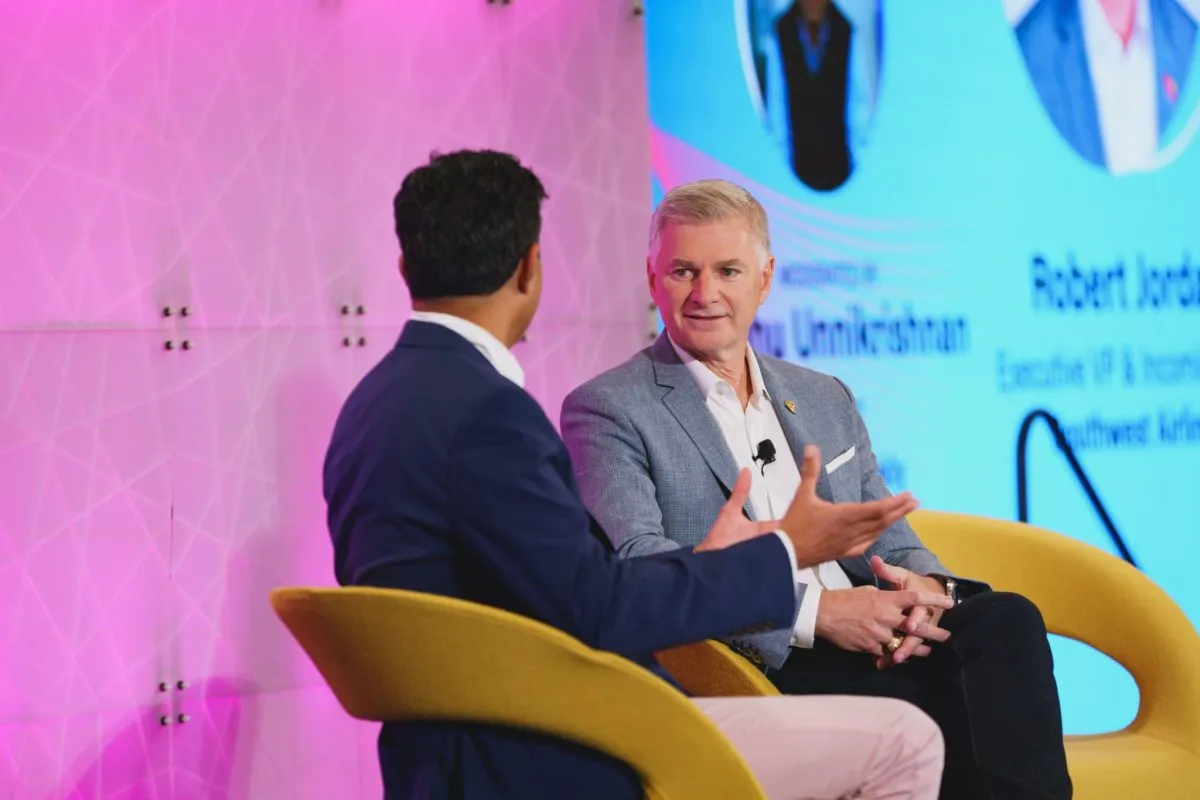Travel Megatrends 2017: Low-Cost Carriers Reinvent the Transatlantic Market

Skift Take
Last week we released our annual travel industry trends forecast, Skift Megatrends 2017. You can read about each of the trends on Skift, or download a copy of our magazine here.
Download Your Copy of Skift Megatrends 2017
Conventional wisdom suggested it couldn't be done.
Yes, for decades, low-cost operators have disrupted the airline industry, attracting customers with low prices and few frills. For years, established carriers failed to respond to threats posed by airlines like Southwest, EasyJet, and Ryanair. But even after realizing what the upstarts could accomplish — Ryanair is now the largest airline in Europe — many airline executives figured it was an isolated success. Low-cost airlines, they said, would thrive only on short routes. Passengers wouldn't want to fly them across oceans.
But a few innovative airline executives aren't buying that argument. They think discounters can thrive by using the same strategies as short-haul operators. And while this isn't new — several low-cost airlines already fly overseas — 2017 should be an important year to determine whether this approach will succeed on a major scale.
One airline to watch is Iceland’s Wow Air, a bare-bones carrier that started flying to the U.S. last year, making a splash with $99 one-way fares to Europe, with a stop in Reykjavik. Still, with only a dozen aircraft, Wow Air may remain a niche player for the short-term.
Another is AirAsia X, the most mature of the current batch of long-haul, low-cost carriers. Executives from the nine-year-old carrier have suggested recently the airline might soon return to Western Europe, after pulling out of the continent in 2012.
But the long-haul, lost-cost airline most poised for a big 2017 is Norwegian Air, the European carrier that has for three years flown Boeing 787s from major European cities to larger U.S. markets. The 787 is a sexy plane, though it's not what makes Norwegian the most interesting story of 2017.
What's better is the Boeing 737 Max, a new single-aisle aircraft with updated technology and improved fuel efficiency. Low-cost airlines have long loved the 737's operating economics, but until this 2017 update, the aircraft has not been able to fly longer than about six hours with a full payload.
Boeing will deliver its first Max in 2017. Norwegian has committed to 100, with its first coming in June, and six set to arrive by year-end. Because of the new plane, smaller east coast U.S. cities that could never dream of a nonstop route to Europe will be in the mix for new service.
"The Max has the range to go cross the Atlantic," Norwegian CEO Bjorn Kjos told Skift recently. "But you shouldn’t go transatlantic with a Max into JFK in New York. You should do it from secondary airports in Europe to secondary airports in the U.S."
Per seat, Kjos said, the Max is cheaper to operate than the Dreamliner. That could translate into shockingly low prices, including, the airline has said, $69 one-way fares between the U.S. and Europe. That's less than the airline is charging for its 787 flights, and it's a steal even when including ancillary fees.
Of course, legacy airlines have learned lessons from the past, and many want to thwart Norwegian before it gets too big, and before other airlines — such as, perhaps, Ryanair — decide to copy Norwegian.
Air Canada and Lufthansa are building long-haul, low-cost subsidies. These growing sub-brands— Air Canada Rouge and Eurowings — pack in seats, while charging passengers for most extras.
Other airlines have a different approach. British Airways will add more seats to some of its existing Boeing 777s and use them to launch routes from London Gatwick that compete with Norwegian, including a new flight to Oakland.
Willie Walsh, CEO of International Airlines Group, British Airways' parent company, said he takes the Norwegian threat seriously.
"If I go back 10 years ago, the argument then was probably that the maximum range of short-haul, low-cost was about four hours," he said. "Beyond four hours, it wouldn't work because customers wouldn't accept the idea that you had to pay for water, pay for a drink, pay to check in a bag, pay for a meal. Norwegian has clearly demonstrated that the consumer is happy to do that."
U.S. airlines have announced few details on how they might respond to Norwegian’s moves. But recently, Delta president Glen Hauenstein said his airline may tweak its products to make them more closely match Norwegian's.
"I think we have to look at our entire service offering and ensure that we're supplying what the market wants to buy," he said.
Download Your Copy of Skift Megatrends 2017






